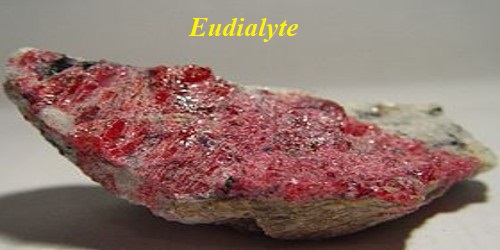It’s not surprising that this unique deep-sea creature, which has a face to rival Spiderman’s Venom, is making the rounds on Twitter once more after going popular in 2018. This toothy creature is a real species with a startling secret talent, so don’t worry—it isn’t a fake or an online hoax. However, it hasn’t learnt to walk.
The Western North Pacific Ocean, which includes Japan, Taiwan, and Hawaii, is home to the uncommon deep-sea shark known as the viper dogfish (Trigonognathus kabeyai). These sharks were named after the captain of the trawler Seiryo-Maryu, Hiromichi Kabeya, who made the initial discovery of them in 1986 off the coast of Japan.
Their name’s initial component is derived from the Greek terms “trigon” and “gnathus,” which both indicate triangular jaw. Few specimens have been captured; the largest female is little over 53 centimeters in length (21 inches). Because they are so uncommon, little is known about their lifespan or behavior; nonetheless, scientists believe that this species has existed for 42 million years or more.
These sharks, which are all black save from their tiny, translucent fins, have photophores, light-producing cells, on their undersides and under their heads, which makes them shine at night. As many species of lanternfish, which the viper dogfish prey on, are known to move from midwater in the day to shallower depths at night, it is thought that they spend the day at even greater depths before moving up the water column to feed. They are thought to live between 270 and 360 meters (890 and 1,180 feet) below the surface.
It’s not unexpected that people are comparing it to the Marvel superhero Venom given its large eyes and small needle-like teeth. The most intriguing aspect of this species, though, is unquestionably its jaws, which, when opened, expand upward and outward. They expand their terrifying tooth gape and stick out their upper jaw from the top of their neurocranium like a goblin shark to pounce on victims. They are able to consume all sizes of prey because of this. According to research on the stomach’s contents, they consume bony fish and probably swallow their meal whole.
On the other hand, as viper dogfish specimens have been found in the stomachs of bigeye tuna (Thunnus obesus) and sickle pomfret (Taractichthys steindachneri), it is believed that these species are their primary predators.
















